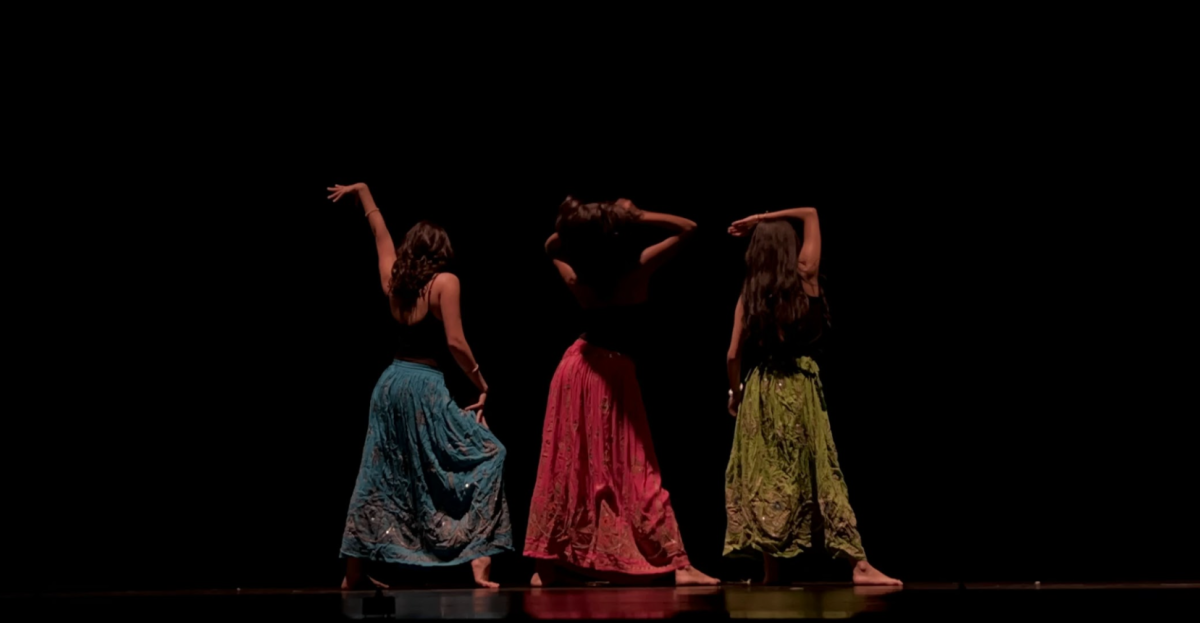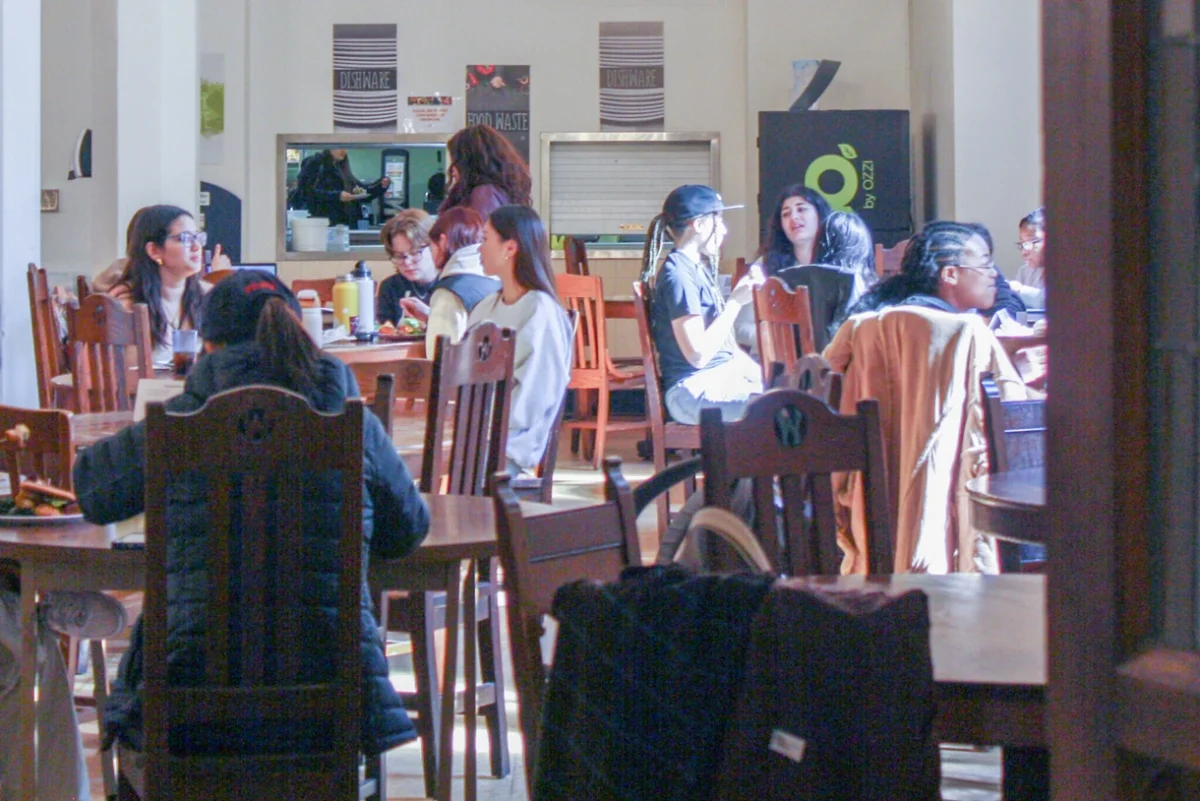Sitting near the Leaky Beaker in the Science Center, you may notice yourself in greener company due to the addition of seven trees around the space—the most majestic of which is a two-story-tall screw pine with protruding roots. Similarly, various smaller potted plants can now be seen in the common areas of residence halls. These new additions are all part of an effort to find temporary homes for plants from the Margaret C. Ferguson Greenhouses while renovation plans are underway, particularly as the existing greenhouse infrastructure is scheduled to be torn down in October.
Because the greenhouses were built more than 90 years ago, it is unsurprising that age has caught up with its infrastructure. Flaky paint, corroded metal and a reduced ability to control the temperature were signs of the greenhouses’ ailing conditions. The glass facade, coupled with outmoded heating and cooling systems, also resulted in a large energy consumption for the greenhouses due to poor insulation.
“The old greenhouses were thoughtfully designed but not designed for efficient heating and cooling,” remarked Kristina Jones, director of the Wellesley College Botanic Gardens. “The original idea [for greenhouse renovations] was just to replace it, but given the inefficient layout, I pushed to start from scratch.”
According to Jones, talk of building new greenhouses was already present when she was appointed to the position of director in 2005. In April 2014, a generous donation from alumnae led to concrete plans for the greenhouses being put into motion. Some key design considerations were facilitating experiential learning, sustainable systems-based design and the formation of a distinctive identity.
These considerations have fed into the design for the new greenhouses, which aims to serve three different functions: house a plant collection of artistic and scientific interest open to the wider community, provide space for interdisciplinary science research and teaching and stand as an innovative exemplar of sustainable design. In particular, the design includes parts of the greenhouses dedicated to teaching and research that will be less disturbed by the public visitors and more accessible to students.
Plants for display will be kept in the ground, rather than in pots, with a bridge along one side of the plants’ canopy so as to provide a new way to interact with the plant collection. The display collection also aims to extend the current spirit of the Global Flora plant collection and feature indoor green landscapes that illustrate the diversity of plant form and climatic conditions, bearing in mind plant health and sustainability concerns.
In the interim, relocating and storing all the plants from the greenhouses’ collection prove challenging. This led to an extended process to cut back on the greenhouses’ plant collection over summer, with plants that were in good condition, unique to the region and had interesting histories being prioritized for storage and future inclusion in the new greenhouses. As a result, many plants were given away to members of the Wellesley community and other members of the public, and large trees were relocated to the Science Center.
Mia Tuccillo ’20, co-president of the Botanistas, explained that plants were moved into each residence hall in mid-September, accompanied by watering cans and saucers. Each plant was handpicked by Tuccillo for its ability to do well indoors and assigned to residence halls based on light and spatial conditions.
“One of the things that crushed me about the renovations was the fact that so many plants were being given away or damaged in the moving and construction process. Knowing both that so many Wellesley students never make their way towards the greenhouses and that now we did not have the physical structure to house our collection anymore, I decided it would be interesting and rewarding to essentially bring the greenhouses to the students in a different and more direct way,” said Tuccillo.
While the original idea involved the Botanistas travelling to dorms and caring for the plants, house presidents, resident assistants and other members of the student community have now taken the responsibility into their own hands.
Response to the plants has been positive thus far, with residence halls even giving their newly adopted plants names. Some names include Bob, a strawberry guava plant in Stone-Davis; Ponyboy, a Oaxacan Ponytail Palm in McAfee and Rob Lowe, Dower’s Manila palm. Students have also organized themselves in groups or have appointed particular individuals to ensure that the plants are well taken care of.
“The first week everyone would water it, because the elephant shaped canister was too cute to resist. Now we have a sign that says ‘do not water’ so only those responsible for it will water it,” said Michelle Chin ’19, Severance Hall Resident Assistant.
Students are also in favor of having more plants in residence halls, citing benefits to mental and physical health.
“I understand that it might be difficult to find people to care for plants over breaks, but I think that having plants makes everyone a little bit happier,” wrote Anne Coyne ’19, a resident of McAfee.
Amanda Hernandez ’18, McAfee Hall house president, also commented on the sense of community and collaboration that the new plant has brought to her hall.
“Our House Council had a high level of interest in the plant and was greatly anticipating its arrival. Students have always loved the greenhouses’ tradition of giving out first-year plants; there is something about having another living thing in your room that makes it feel homey and good,” said Hernandez.




